10 important facts about the cold that will explain why some freeze and others do not
Categories: Health and Medicine
By Pictolic https://pictolic.com/article/10-important-facts-about-the-cold-that-will-explain-why-some-freeze-and-others-do-not.htmlPeople treat the cold differently. Some run around in the cold in a shirt without any problems and rub themselves with snow after a bath, while others try not to leave the house once again in winter. Why do people who are arranged in the same way and live in the same climate react so differently to low temperatures?

The way each person feels cold is influenced by many factors. Among them there are completely non-obvious ones, such as the iron content in the blood and the emotional state. We have collected 10 facts that will help to understand the body's reaction to cold.
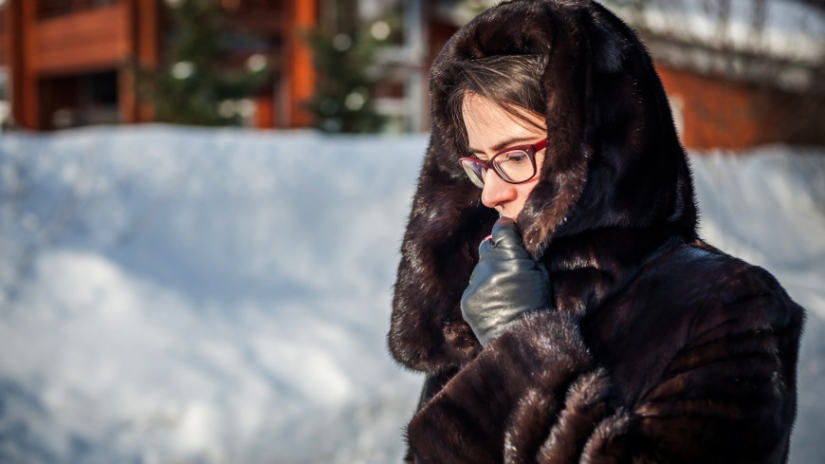
In the human body, the somatosensory system is responsible for touch, temperature, proprioception (the position of body parts in space) and concept (physical pain). Pain receptors react to mechanical, chemical and thermal effects on the body, if they are dangerous.
The cold causes various painful sensations. Some of them are quite tolerable, and some are unbearably painful. At the same time, when one person easily suffers a little discomfort, the other, even wrapped in clothes, suffers seriously. Intolerance to cold is manifested by increased sensitivity to it. This may be an innate feature or an acquired one. If you feel that you have begun to tolerate the cold worse and it does not go away, it is better to consult a doctor.
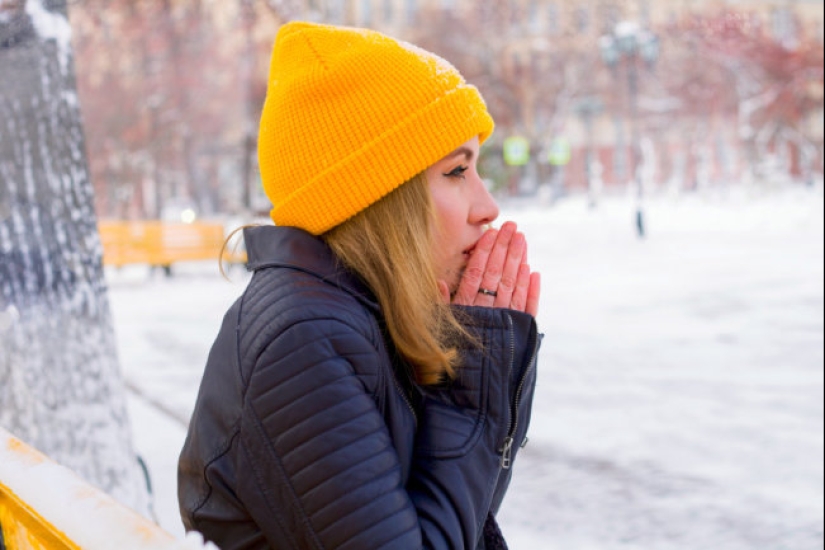
Due to the cold, such an unpleasant phenomenon as neuroreflective vascular spasm occurs. This means that the gap between their walls is greatly narrowed. This process reduces the activity of the blood flow and the exposed parts of the body suffer the most. It gets first of all to the fingers and toes. Therefore, they often get frostbite.
Prolonged exposure to cold leads to hypothermia, that is, hypothermia. This is due to the fact that a person begins to spend more heat energy than he produces. At the same time, the body temperature can drop to 35 degrees. This is a critical condition for the body. Significantly increases the likelihood of a heart attack and other misfortunes. Hypothermia is easy to recognize without a thermometer. A freezing person has trembling, thoughts and speech are confused, coordination is disrupted.
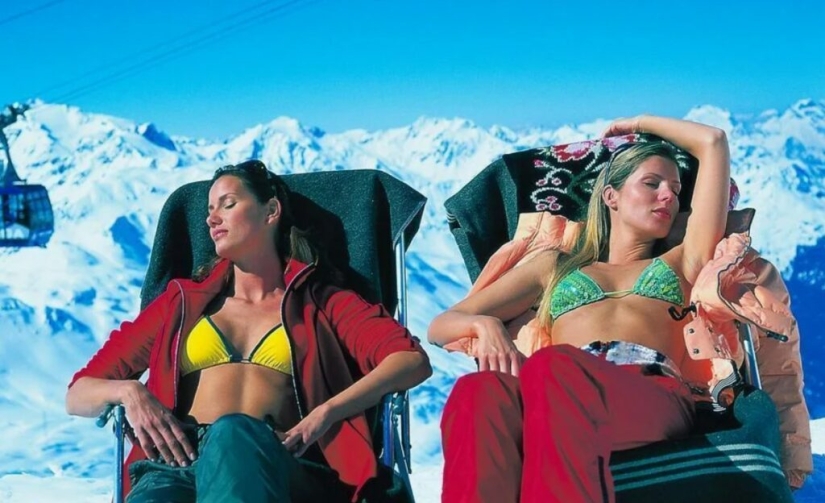
We are used to the fact that the skin burns in the sun in summer. But lovers of winter outdoor recreation and especially downhill skiing know a little more about this. The regulars of ski resorts are well aware of such a phenomenon as "wind burns". They are very similar to the sun, but have a slightly different nature.
These burns also occur due to the ultraviolet radiation of the sun. But at the same time, snow and wind play an important role. Snow-white winter cover reflects up to 80 percent of sunlight. This enhances the effect of the sun on the skin. The wind enhances the effect, depriving our covers of protective moisture.
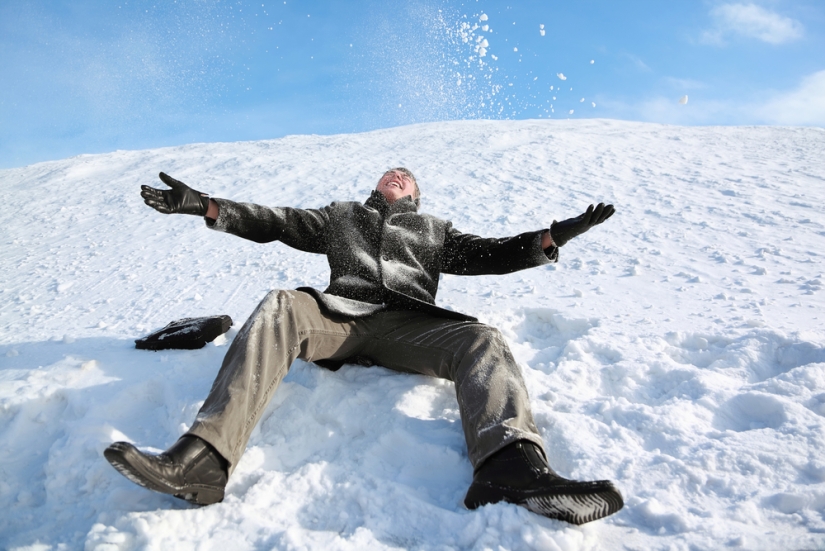
The more adipose tissue a person has, the slower his body parts with heat. But do not think that fat is the best protection from the cold. There are many other factors. There are conditions in which a fat person will be colder than a skinny one.
The intensity of heat loss is affected by metabolism, physical form and even the mood of a person. There are also less well-known factors that have an effect on a freezing person. Regardless of the complexion, it is better to dress warmer in the cold and engage in physical activity.
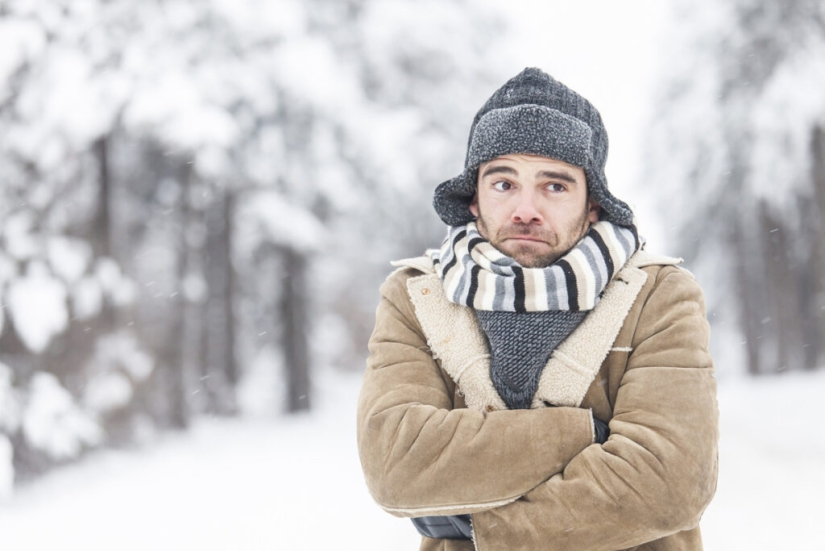
Scientists have found out that the trembling of the human body in the cold is an attempt by the body to warm up. Rapid muscle contractions are able to generate heat. A part of the brain called the hypothalamus is responsible for this type of activity. It is he who manages the shivers, goosebumps and other warming tricks.
By the way, there is not much use from goosebumps. This mechanism was created by nature for animals covered with wool. Thus, the skin raised the wool on end and created an additional air layer. It worked as a thermal insulation and did not allow to lose heat. This phenomenon has a special name - the pilomotor reflex.
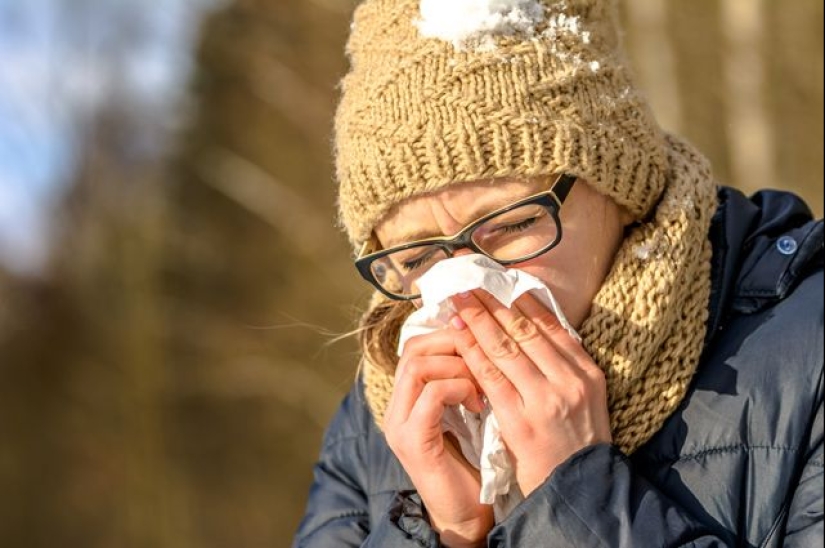
The nose is an organ that plays an important role in cleaning, humidifying and heating the air. This is a real factory for its preparation for feeding into the respiratory tract. Mucus released in the cold plays an important role in regulating this system. Thanks to a temporary runny nose that has arisen in the cold, we do not risk overcooling the bronchi.
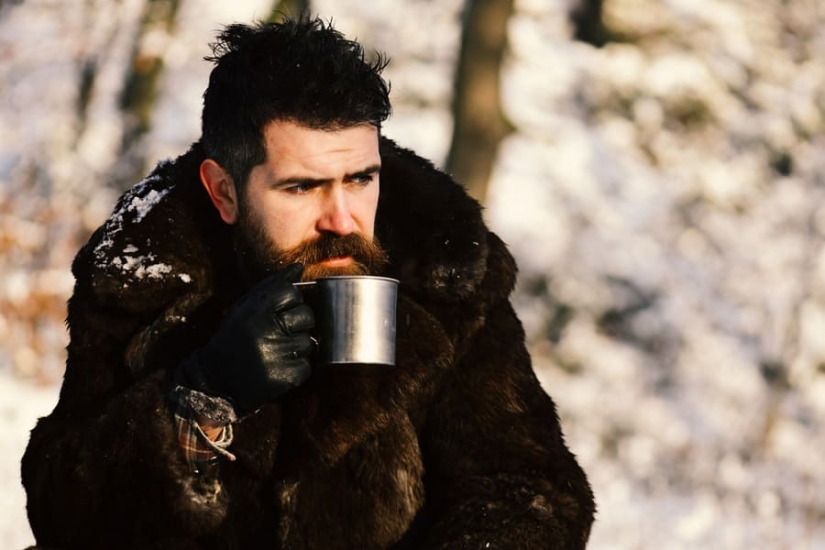
Everyone has heard that alcohol does not contribute to warming a freezing person. Nevertheless, most people persistently try to bask in hot drinks themselves and "save" others with their help. Alcohol does not help to release additional heat, but only dulls the body's sensitivity to cold.
After drinking, the protective systems of our body begin to react to heat loss incorrectly. This is fraught with the most unpleasant and even sad consequences. Even a small dose of alcohol increases our chances of getting frostbite or, in extreme situations, freezing completely.
Experienced people recommend giving preference to non-alcoholic hot drinks in the cold season. Tea is ideal for warming up, but it's better to give up coffee. Caffeine contributes to dehydration of the body, making it more vulnerable to cold.
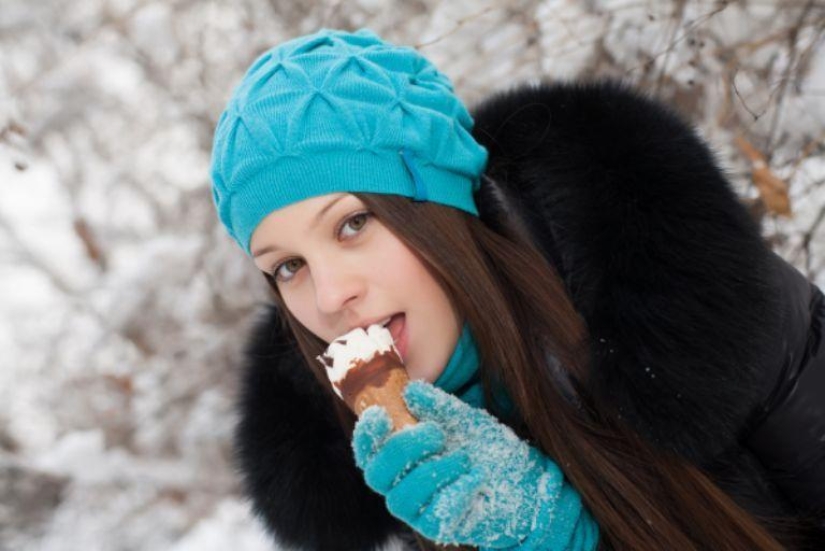
It has been proven by centuries of experience and confirmed by modern science that a hungry person freezes faster than a full one. Food is the raw material for the body's energy production. To freeze less, you need to eat meat, fish, fats, butter. These foods are very high in calories and are not digested too quickly. It is better to abandon vegetarian schemes and mono-diets in the cold.
From vegetable products, those that contain a lot of vitamin C help to keep warm. These are primarily lemons, sauerkraut, kiwi. Vitamin C improves blood microcirculation, which means it helps to transfer heat to the most affected parts of the body, for example, to the fingers.
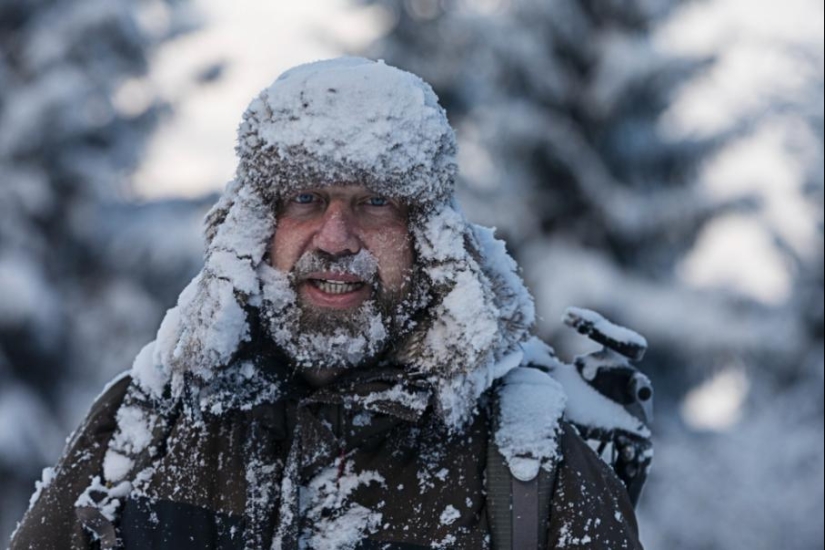
If you think that it is possible to frostbite hands, feet and face only in the conditions of the Far North, in Antarctica or on Everest, then we will disappoint you. You can get dangerous frostbite only at -6 degrees Celsius. This seemingly frivolous negative temperature can even kill a person.
In order to suffer at -20 degrees, you do not even need to stay in the cold for a long time. At this temperature, and below, there are instantaneous contact frostbite. Yes, this is the case when someone touched the railing with his tongue in the cold or the steel door handle with his palm.
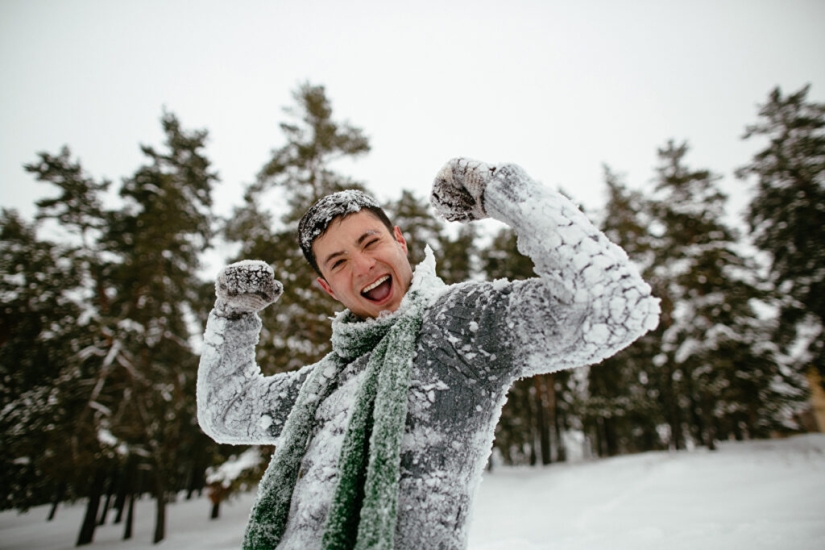
Warmly dressed is not wrapped from head to toe in a fur coat or sheepskin coat. It is not the clothes themselves that help to keep warm, but the air layers that are present in it. Therefore, one is terribly cold in a thick sheepskin coat, and the other, at the same temperature, is comfortable in two thin sweaters and a light jacket.
It is known for sure that a properly dressed person can withstand frost up to -70 degrees without any problems. But at the same time, it is worth remembering those points that we have already discussed. A person is warmed by many factors, and clothes are only one of them.
Recent articles

Victor Lustig is considered one of the most skillful and famous scammers in the world. He was arrested about 50 times and released ...

A small apartment is not a sentence! On the contrary, this is an occasion to turn on imagination and come up with ways to stylishly ...

Each of us has heard at least once that "breakfast is the most important meal of the day." Spreading this truth is the work of ...